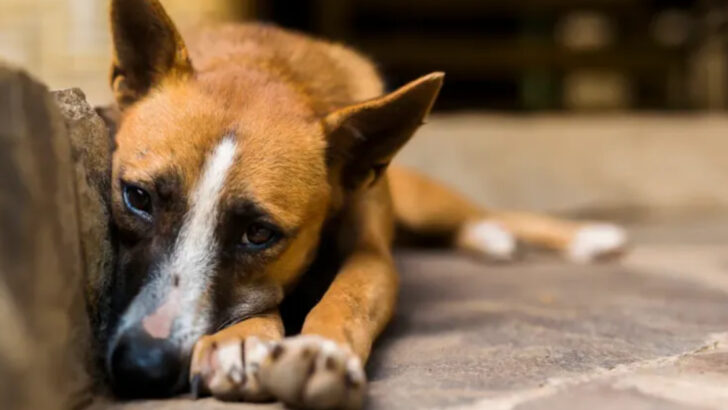Animal abuse is not a private matter. It’s a crime.
If you hear desperate yelps behind a neighbor’s fence, spot a shivering dog tied up in the rain, or see an animal flinch every time its owner moves—don’t look away. Your gut instinct isn’t just discomfort. It’s a warning.
Cruelty hides in plain sight.
It lurks in dark barns, silent homes, and even on sunny sidewalks. And the worst part? The victims can’t speak for themselves.
That’s where you come in.
You don’t need a badge to take action—you just need a plan. This guide walks you through exactly what to do when you suspect an animal is being hurt. Step by step. No fluff. No hesitation.
Because doing nothing? That’s how cruelty wins.
Recognize the Signs

Recognizing the signs of animal cruelty is the first step in addressing the issue. Animals may appear with injuries, seem malnourished, or show signs of fear. Observing these indicators helps identify potential cruelty cases. You might notice physical injuries, such as cuts or bruising, or behavioral changes like fearfulness or aggression.
Understanding these signs is crucial for determining whether an animal is suffering from abuse or neglect. Pay attention to the surrounding environment and the animal’s condition. The more aware you are, the better equipped you’ll be to take further action.
Document Your Observations
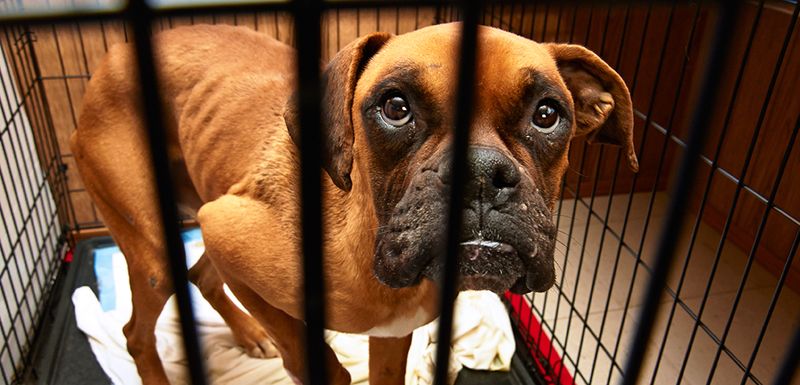
Documenting your observations is vital when you suspect animal cruelty. Take clear photos or videos of the animal and its environment. Note the date, time, and location of your observations.
This documentation can serve as critical evidence should it be needed later. Ensure your observations are detailed and factual, avoiding any assumptions. By maintaining a clear record, you contribute valuable information that may assist authorities in addressing the cruelty effectively.
Research Local Laws

Understanding local animal cruelty laws can empower you to take the right steps. Different regions have varying legal definitions and penalties for animal cruelty.
Familiarize yourself with these laws to know your rights and responsibilities when reporting a case. Researching these regulations ensures that you can act within the legal framework and provide accurate information to authorities. This knowledge enables you to navigate the legal system confidently and effectively.
Contact Local Authorities
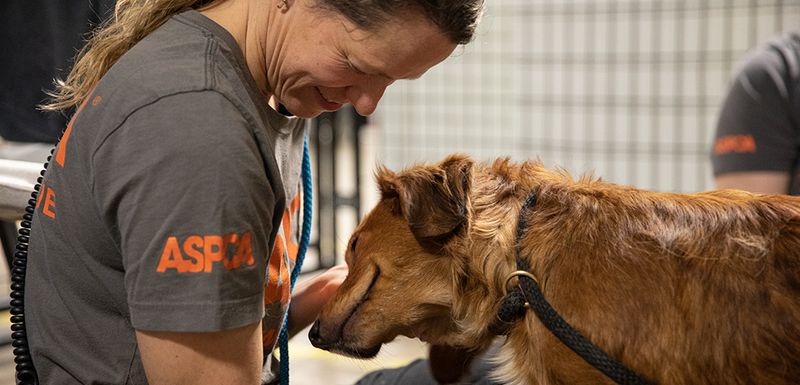
Reaching out to local authorities is essential if you suspect animal cruelty. Contact animal control or local law enforcement with your observations and documentation.
Provide them with detailed information to help them investigate the situation thoroughly. Authorities have the power and resources to address animal cruelty cases and ensure the animal’s safety. Your report can initiate a crucial investigation that could save an animal’s life.
Reach Out to Animal Welfare Organizations
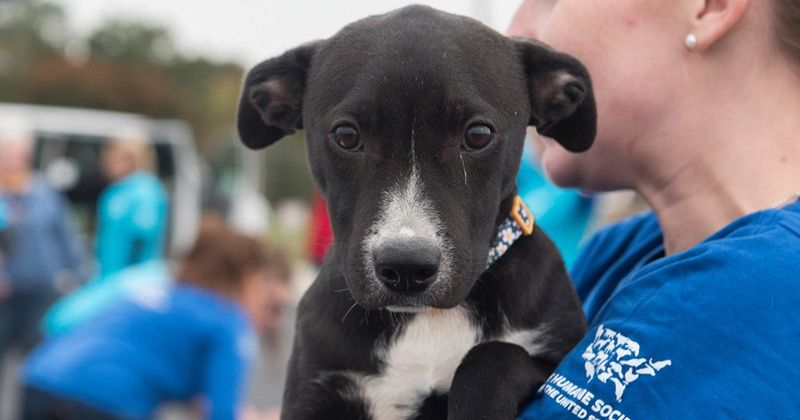
Connecting with animal welfare organizations can bolster your efforts against animal cruelty. These organizations often have the expertise and resources to assist in such cases.
Inform them of your observations and provide any documentation you have. They can offer guidance, support, and may even intervene directly to protect the animal. By involving organizations dedicated to animal care, you’re joining a network committed to ending cruelty and promoting animal welfare.
Avoid Direct Confrontation
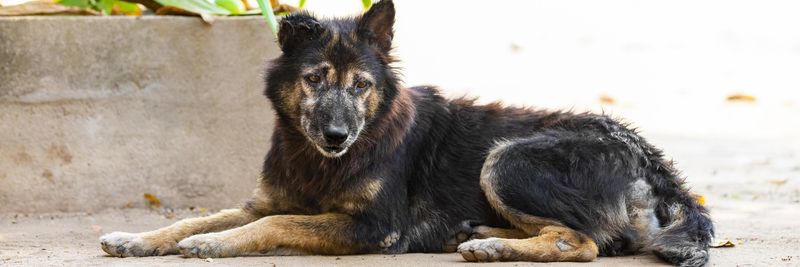
Avoiding direct confrontation with a suspected abuser is crucial for your safety and the animal’s well-being. Confronting the person might escalate the situation or put you in harm’s way.
Instead, focus on gathering information and contacting authorities who can handle the situation appropriately. Ensuring your safety allows you to continue advocating for the animal without jeopardizing your own security.
Educate Others

Educating others about animal cruelty issues is a proactive way to prevent abuse. Share your knowledge and experiences with friends, family, or community groups.
Organize awareness sessions or distribute informative materials to spread the word. By raising awareness, you’re helping to create a community that cares about animal welfare and is prepared to act against cruelty. This collective awareness can lead to a stronger response against animal abuse.
Follow Up on Your Report
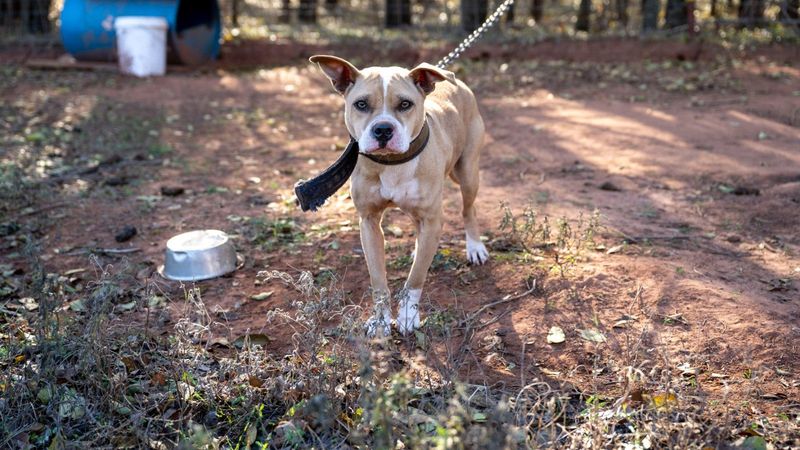
Following up on your report of animal cruelty ensures that the case receives the attention it deserves. Contact authorities after some time to ask about the status of the investigation.
Your continued interest shows that the community cares and can encourage a more thorough investigation. Persistence can be key in ensuring that the reported cruelty is addressed and resolved appropriately.
Support Animal Rescue Efforts

Supporting animal rescue efforts is a meaningful way to contribute to the fight against animal cruelty. Volunteer at local shelters or donate to organizations working to save animals.
Your time, skills, or financial support can make a significant difference. By aiding these efforts, you help provide shelter, care, and a second chance for animals in need. This involvement not only assists individual animals but strengthens the broader animal welfare community.
Promote Responsible Pet Ownership
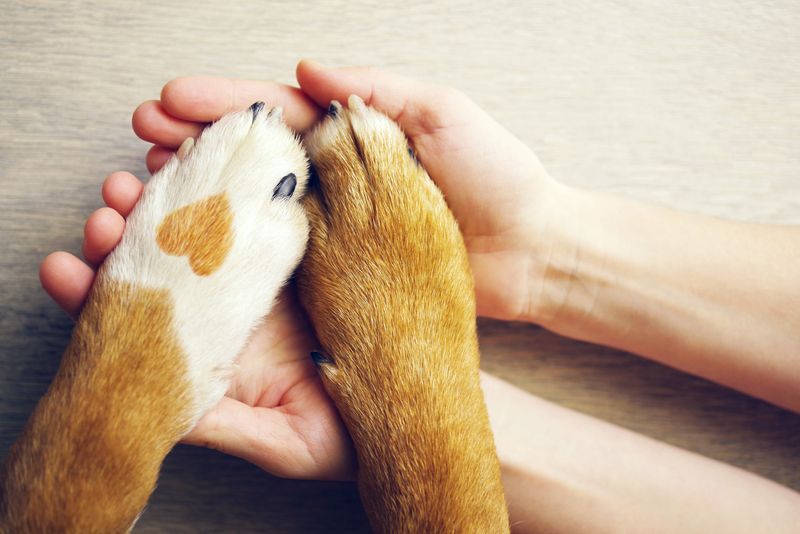
Promoting responsible pet ownership is key to preventing animal cruelty. Encourage others to provide proper care, nutrition, and medical attention for their pets.
Highlight the importance of training and socialization to ensure pets lead fulfilling lives. By setting a positive example and sharing best practices, you contribute to a culture that values and respects animal well-being. Responsible ownership can significantly reduce instances of neglect and abuse.

